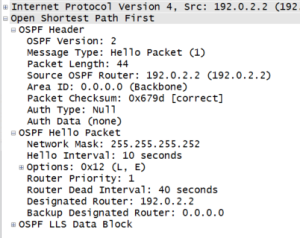IP Subnetting Part 2: Simple Subnetting Examples
Subnetting is a foundational concept in IP networking. Although it is often misunderstood and even dreaded, this is a simple concept if we could look at things from the perspective of binary. However the combination of binary concepts, IP addressing and subnet masking is a lot to attempt to understand at once.
In this article, we will look at some simple examples that are meant to illustrate the process of IPv4 subnetting. This is not meant to be a comprehensive study. It is meant to build my previous subnetting article and should introduce only basic concepts. In future articles, we will delve into more complex and complete examples of IP subnetting.
In an earlier article, I outlined the concept of Classful IP Addressing. That knowledge is a fundamental starting point for the IP Subnetting discussed here. In that article, I outlined three classes of unicast IP addresses. The class an IP address belongs to determines what part of the address is the network and what part is the host. That assumption can be overridden when by applying a subnet mask to the configuration of a modern IP stack.
Example IP Addresses
Address Class Network Continue reading






